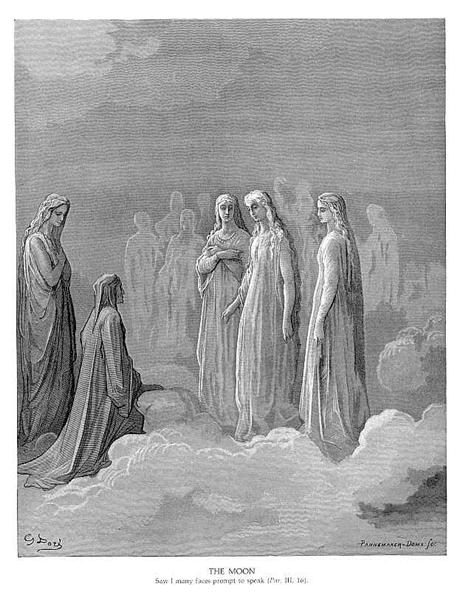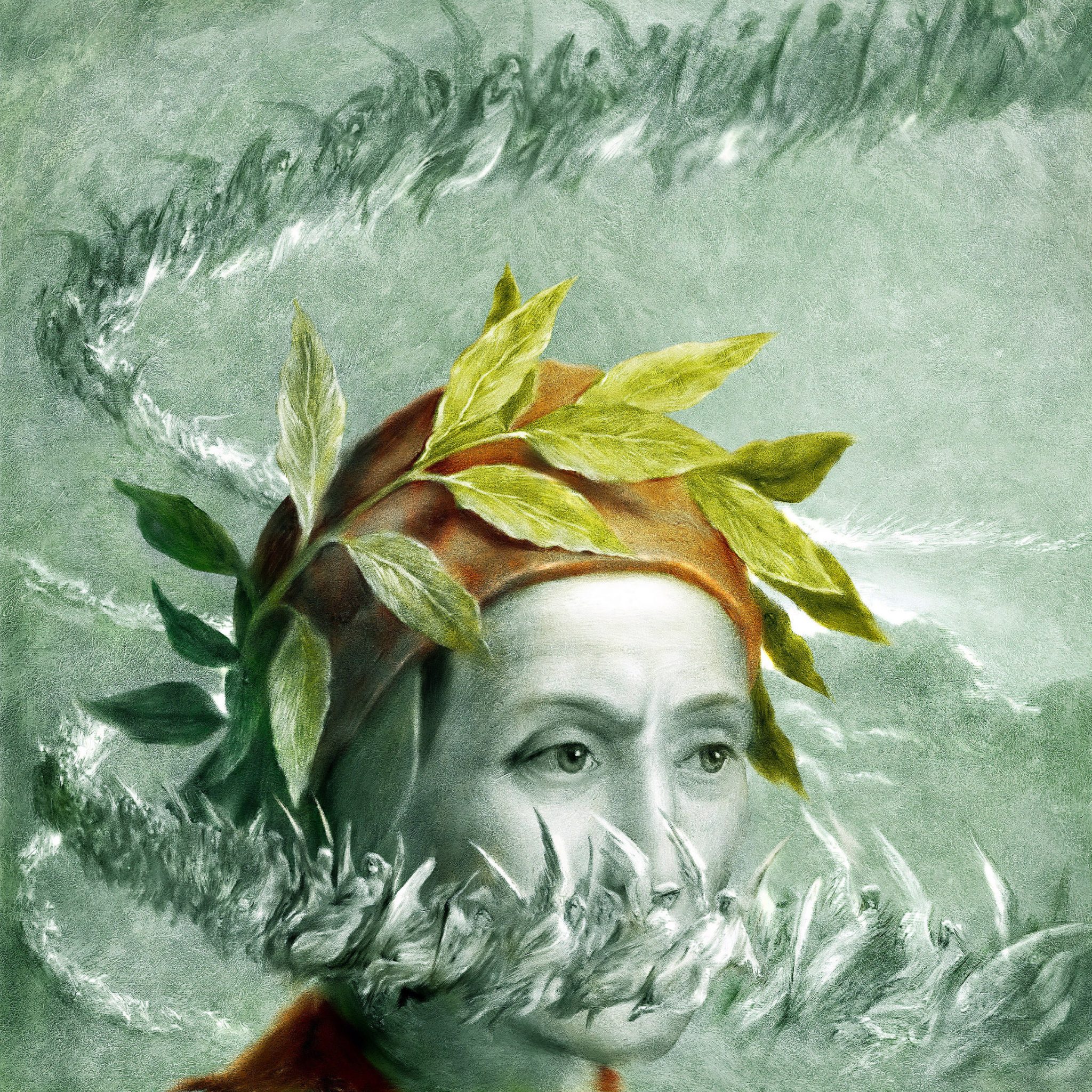Don Camillo is the central character, a Catholic priest,
in a series of short stories by Giovanni Guareschi, an Italian writer who published in the years after WWII. The short stoies are set in a small, northern
Italian town and deal with the life and complications of Don Camillio as he
upholds the Roman Catholic positions as Italy steers toward communism. His arch nemesis is the Communist Mayor, Giuseppe
Bottazzi, nicknamed, Peppone. Now based
on that you would think that these stories are pretty cerebral, but perhaps
just the opposite. It’s not that they
lack depth or intellectual vigor, but that they are mostly comic, though it
should be said not all. The depth is in
the humor.
Don
Camillo is a big, brash man, passionate about the church and perhaps at times
falls into a sin or two to make his point.
He speaks to Christ, and in turn Christ speaks back the moral position,
which is sometimes not what Don Camillo wants to do. Peppone may not be as brash, but perhaps
equally hot tempered, and he is devious.
So you get a hot tempered priest, a hot tempered communist, both hot
tempered Italians, and you have the ingredients of a lot of fun.
Guareschi
was in some ways like Don Camillo, a big brash man, but he certainly appears to
have more of a sense of humor than his character. Satire seemed to fit Guareschi’s writing
well, and what could he satirize more than Church he was familiar with and the
communists he detested. Middle class in
upbringing, he was clearly on the side of the anticommunists and actually a monarchist
in his younger days. He wrote for
newspapers but his success at story telling led him to fiction. There are some six or seven collections of
Don Camillo stories translated into English.
Each story is typically not very long.
I had a collection when I was growing up. A friend at Goodreads reviewed a collection,
and it brought back some memories. So I
went out and got The Complete Little World of Don Camillo, translated by Adam Elgar, which contains over thirty
stories. Each story appears to be less
than ten pages each.
I
read “A Sin Confessed,” which may be the very first Don Camillo story. Guareschi introduces us to the character in
the first paragraph as if he had never written of him before.
Don Camillo was one of
those straight-talkers who are incapable of knowing when to hold back. On one
occasion during Mass, after some unseemly goings-on in the village involving
young girls and landowners far too old for them, he threw caution to the wind.
Having started an agreeable homily on matters in general, he happened to catch
sight of one of the guilty parties sitting right there in the front row.
Breaking off from what he’d been saying, he draped a cloth over the Crucifix
above the high altar, and planting his fists on his hips he finished his sermon
in his own unique style. So blunt was the language of this great brute of a man
and so thunderous the delivery that the very roof of the little church had
appeared to shake.
OK,
now you can see what I mean by a brash priest.
In the next paragraph we get the kernel of the story:
Naturally, at election
time, Don Camillo expressed his opinions about leftwing activists in a
similarly explicit manner, with the consequence that, just about sunset, as he
was coming back to the presbytery, a great hulk of a man wrapped in a cloak
darted out from a hedge behind him and, making use of the fact that the priest
was encumbered by his bicycle and a bundle of seventy eggs hanging from the
handlebars, gave him a whack with a stick before vanishing as if the earth had
swallowed him up.
Don Camillo said nothing
about this to anyone, but once he was back in the presbytery and the eggs were
in a safe place, he went into the church to ask Jesus for advice, as he always
did in moments of doubt.
‘What should I do?’ asked
Don Camillo.
‘Rub a bit of oil and
water on your back and say nothing,’ answered Jesus from above the altar. ‘You
must forgive those who offend you. That is the rule.’
Don
Camillo and Jesus go back and forth, the priest wanting to take revenge, but
Jesus presenting the voice of conscience.
Here’s the conclusion of their exchange, Don Camillo speaking:
‘It’s pointless arguing
with you, you’re always right. Thy will be done. We’ll forgive. But remember,
if my silence makes that lot think they can get away with anything, and then
they smash my head in, it’ll be your responsibility. I could quote you passages
from the Old Testament …’
‘Don Camillo, you come
here telling me about the Old Testament! I take full responsibility for
whatever happens. But, just between ourselves, it serves you right. That little
misfortune will teach you to play politics in my house.’
So Don Camillo forgave.
But one thing stuck in his craw like a fishbone: the burning desire to know who
had given him that tap on the back.
Now
can you imagine, after some time has passed, Peppone comes in for a confession
after 28 years of being lapsed and confesses that he was the one who hit the
priest with a stick. Enraged, Don
Camillo absolves him, gives him ten Our Fathers and ten Hail Marys for a penance
and rushes off to the crucifix to speak to Christ.
‘Jesus,’ he said, ‘forgive
me, but I am going to beat him into a pulp.’
‘Do not even dream of it,’
answered Jesus. ‘I have forgiven him,
and so must you. Deep down he is a good
man.’
‘Don’t trust the Reds,
Jesus. They lure you in just so they can
take advantage of you. Take a good look
at him. Can’t you see what a villainous mug
he’s got?’
Well,
I won’t spoil how Don Camillo gets his revenge, with Jesus’ consent no less,
and Peppone even takes it good naturedly.
A happy ending for all.
These
are a fun bunch of stories.
I
came across this movie of Don Camillo, narrated by Orson Wells, of all
people. It seems like a patching
together of various Don Camillo stories.
The opening part of the movie might be based on “A Sin Confessed.” But I’ve only watched about ten minutes.





